NORTH CAROLINA MUSEUM OF ART FAST FACTS
LOCATION: Raleigh, North Carolina
HOURS: 10am-5pm Wednesday-Sunday, Closed Monday-Tuesday
COST: FREE
TIME TO COMPLETE: 2-3 hours
ACCOMODATIONS: Large parking lot, public restrooms, restaurant and Museum Store
Raleigh, North Carolina has been referred to as the “Smithsonian of the South” for its wonderful museums. We’ve had the opportunity to visit many of the western world’s best museums and the North Carolina Museum of Natural Sciences, the North Carolina Museum of History and the North Carolina Museum of Art hold their own quite well . . . and they are free. The NCMA (North Carolina Museum of Art) is comprised of (2) main buildings, an amphitheater and a 164-acre (66.4 ha) park of fields, woodlands and sculpture art. It features an ideal mix of styles, periods and cultures that presents a rather comprehensive display of art through the ages.

Originally conceived in 1947 with a $1-million appropriation, North Carolina became the first state in the nation to use public funds to purchase art. The North Carolina Museum of Art has had major expansions in 1960, 1983 and 2010, the last of which included a new building to house the permanent collections encircled by landscaped sculpture gardens, reflecting pools, and courtyards designed by New York architects Thomas Phifer and Partners. Among the more famous artists featured include Auguste Rodin, Andrew Wyeth, Georgia O’Keeffe, Ursula von Rydingsvard and Mark di Suvero.
African
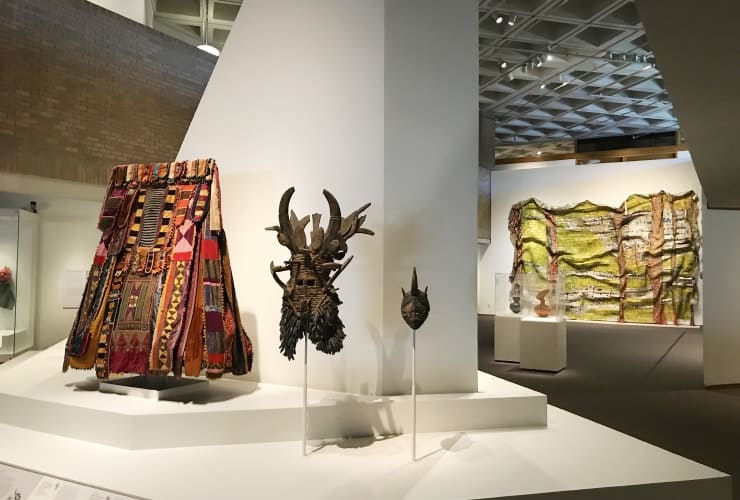
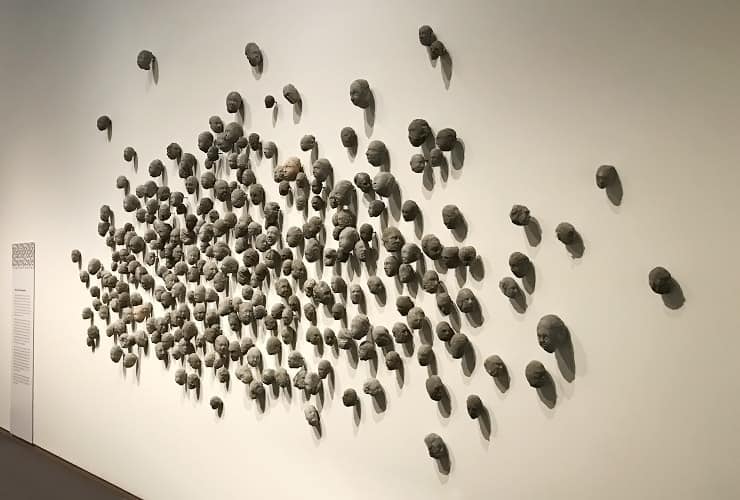
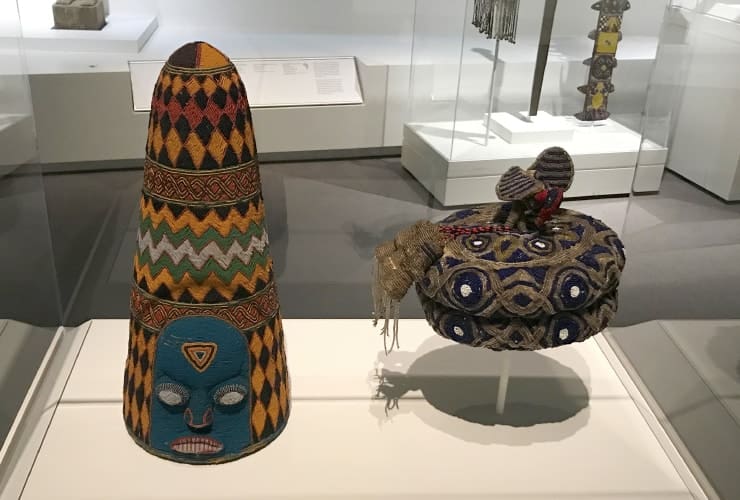
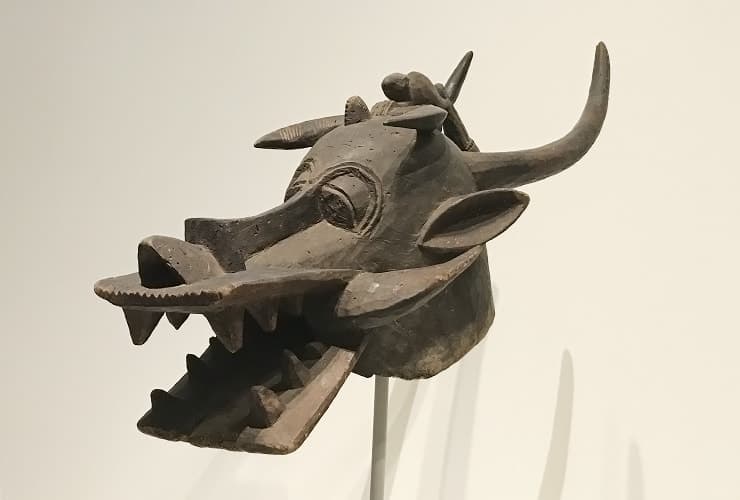
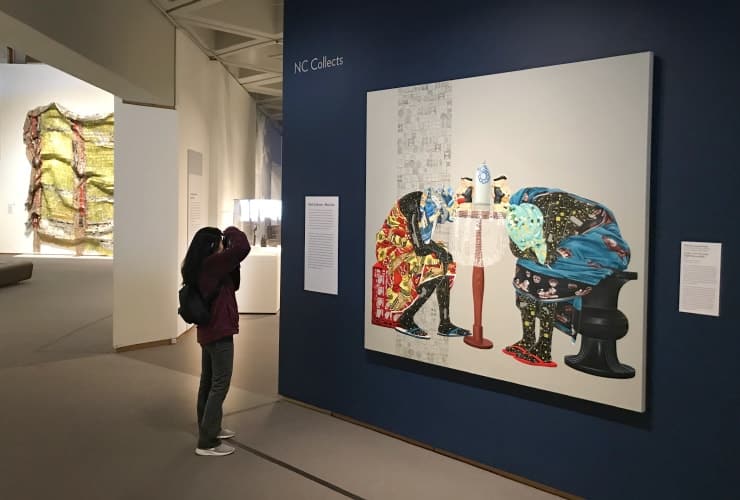
The largest single themed exhibit on the grounds, the African Gallery, is located on the street level of the East Building. It features art primarily from the 19th and 20th centuries consisting of wood, metal and textiles. Much of it represents specific cultural styles like the Chokwe and Luba peoples of central Africa while others make political statements on both modern and colonial influences.
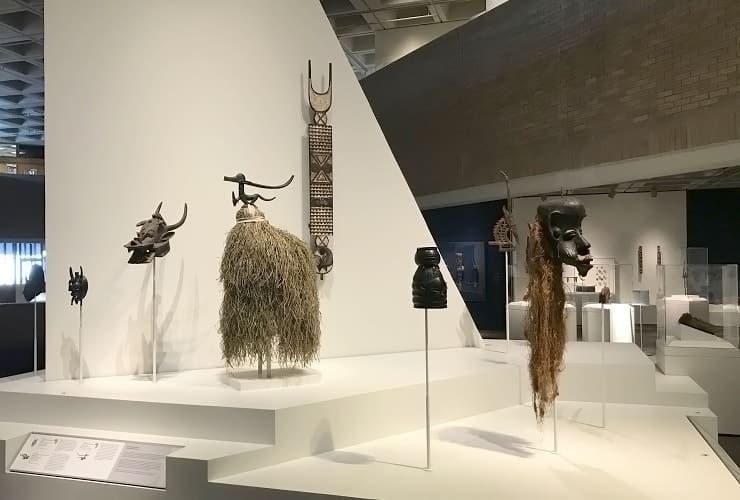
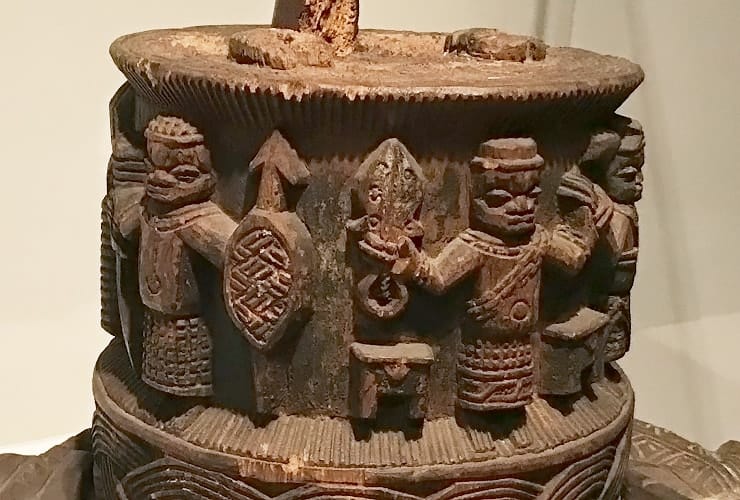
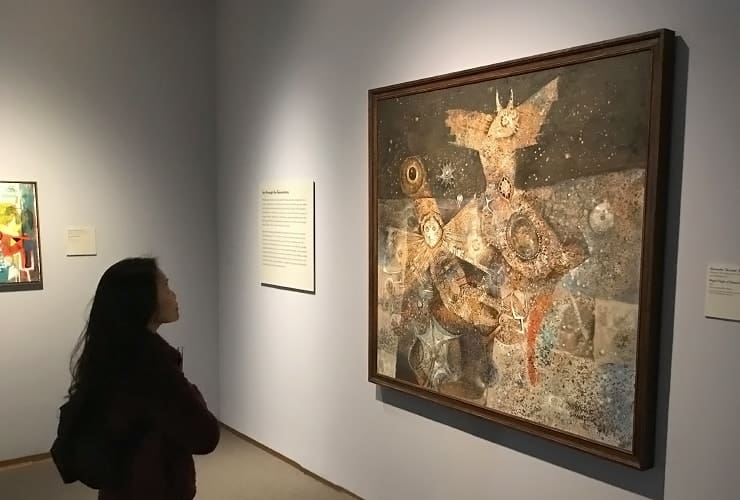
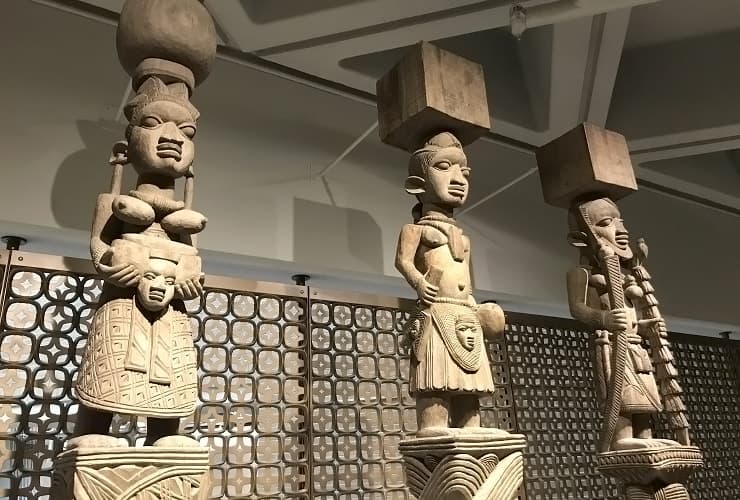
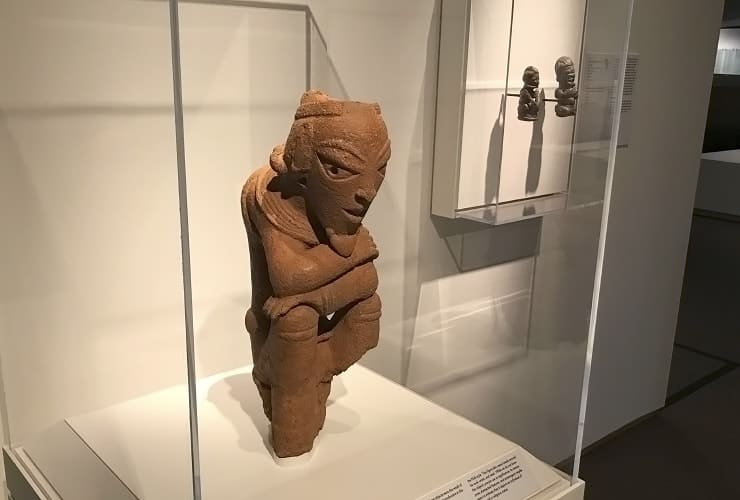
The collection is as varied as it is colorful with pieces ranging from traditional headpieces and ritual religious figures to ornamental weapons and modern pop art. Among the more noteworthy pieces include Skunder Boghossian’s Night Flight of Dread and Delight (1964), Ledelle Moe’s Congregation (2003-2008), Altar to the Hand (19th century) by an unknown Edo artist and the Beaded Crown from an unknown Yoruba artist.
Education
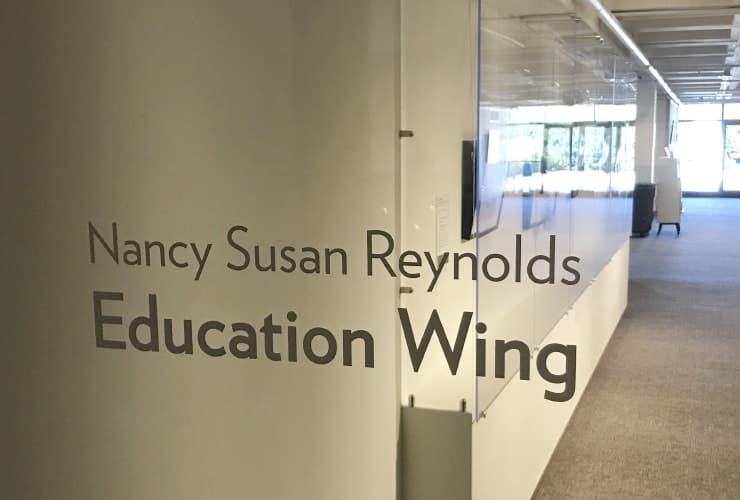
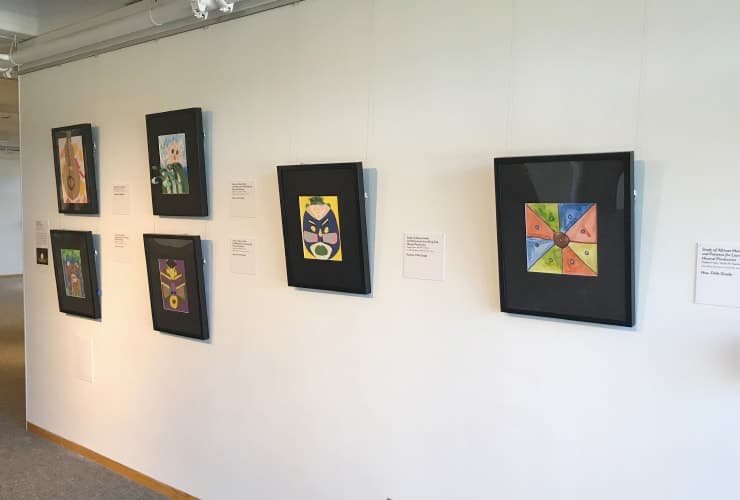
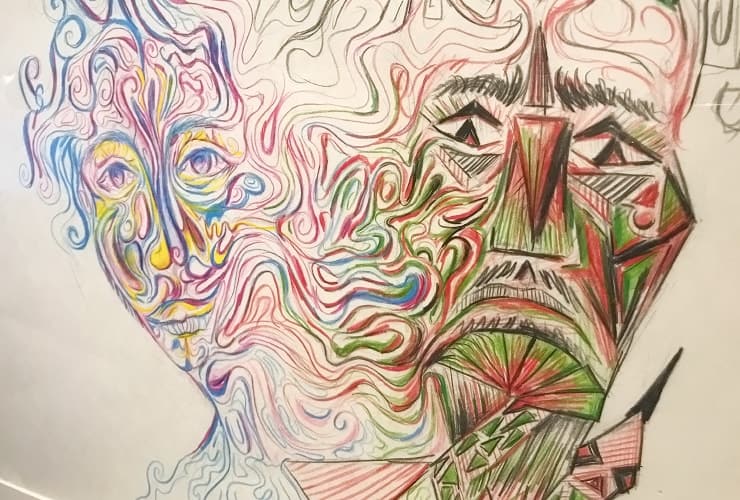
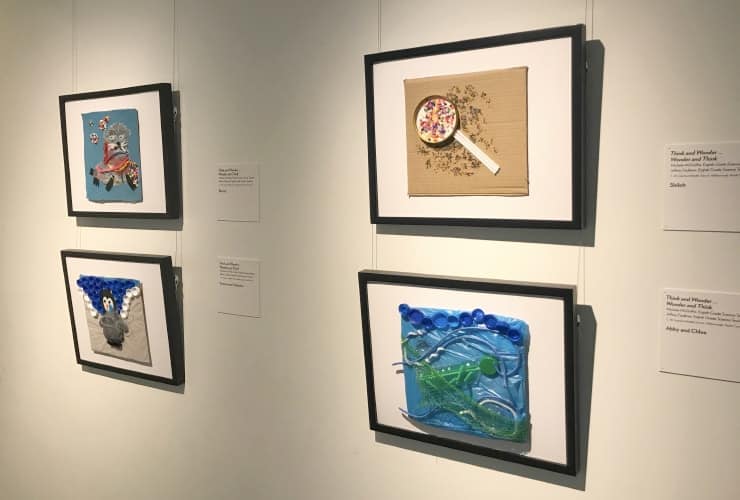
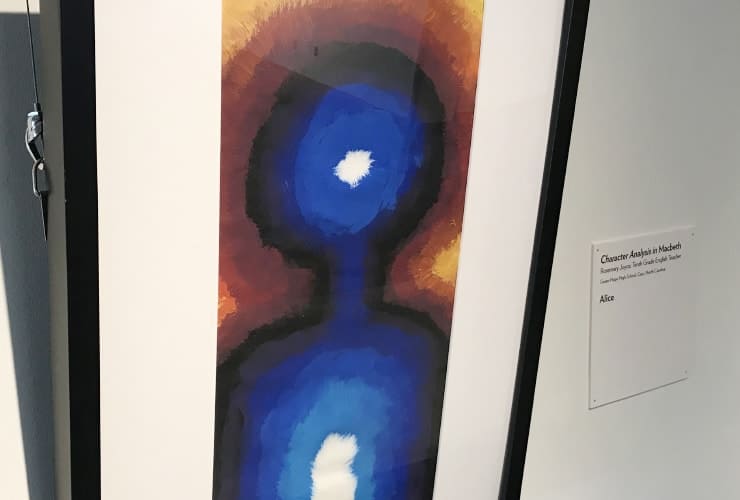
NCMA features many educational programs including children’s programs with performances, family festivals and craft workshops, high school and college courses, teacher programs and adult programs like lectures, concerts and even film screenings. They also feature a special Education Wing to display artwork from local artists. You can find displays from pre-school through college age artists throughout the state. NCMA has a number of programs available for both public and private school students including the Art of Collaboration, Grow Up Great with the Arts, and Teens, Inspired.
Photography
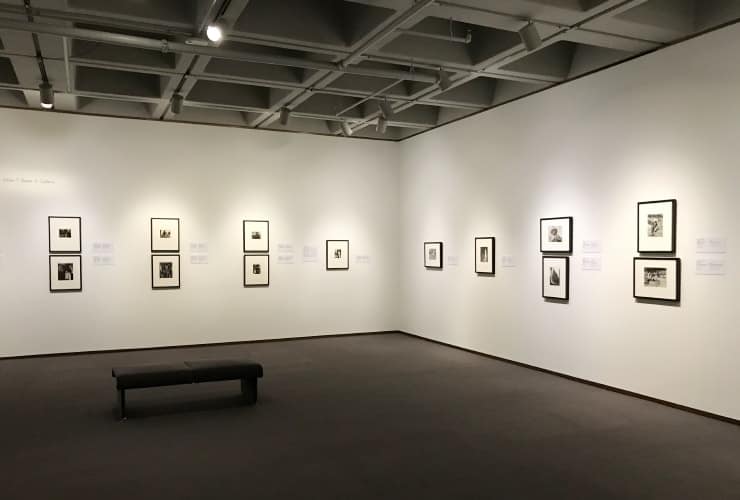
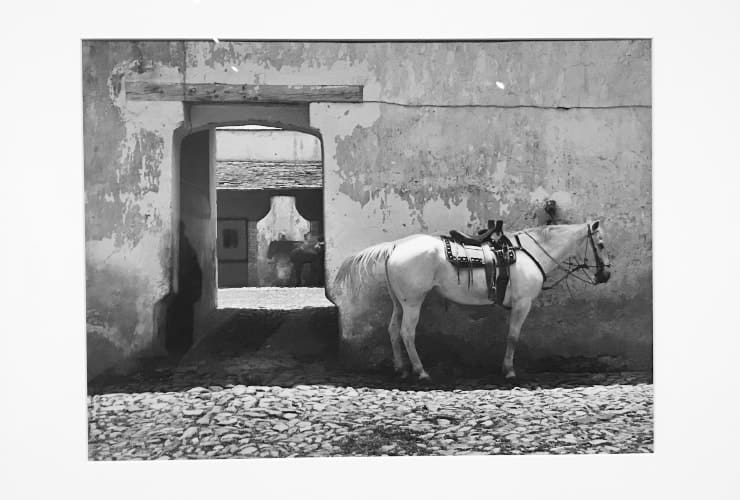
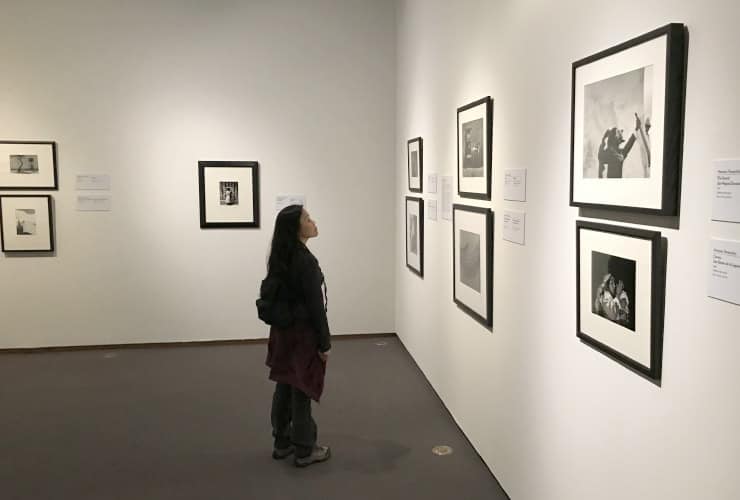
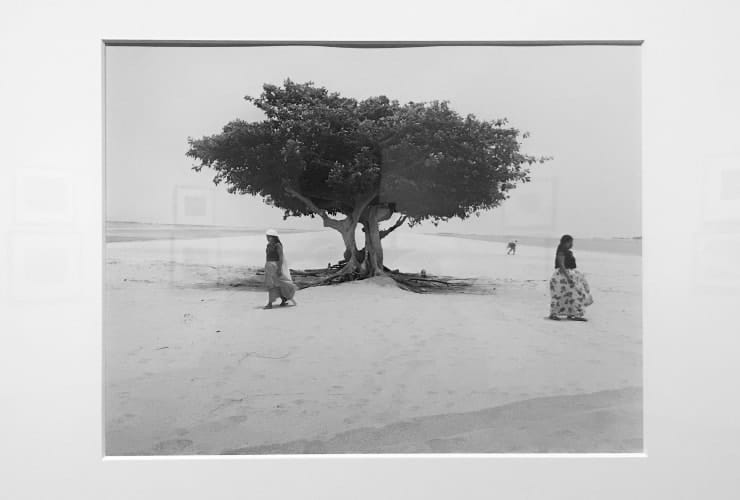
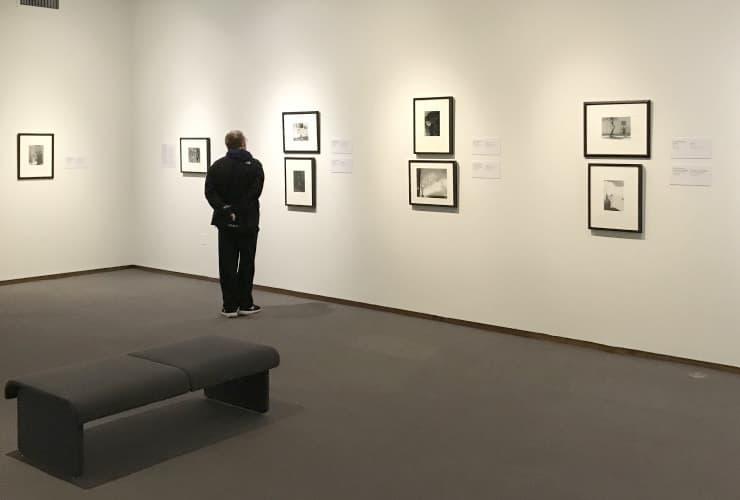
While the Julian T. Baker, Jr. and Allen G. Thomas, Jr. Photography Gallery is a permanent space on Level B of the East Building, the actual exhibits are constantly refreshing. They are always themed and feature both national and international photographers. On our visit we were treated to Luces y Sombras: Images of Mexico. The all black-and-white exhibit featured 45 photographs from Mexican and American artists. The works focused on everyday life south of the border with (2) beautiful photos, Establo by Mariana Yampolsky (1982) and Árbol de la vida, México by Flor Garduño (1982).
Audubon
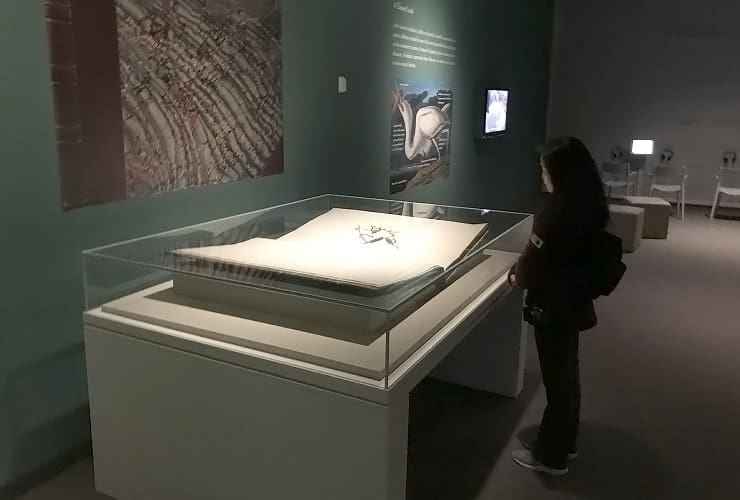
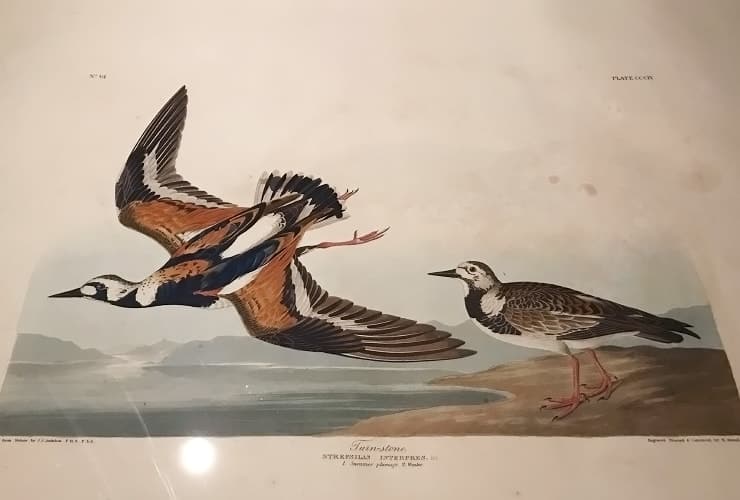
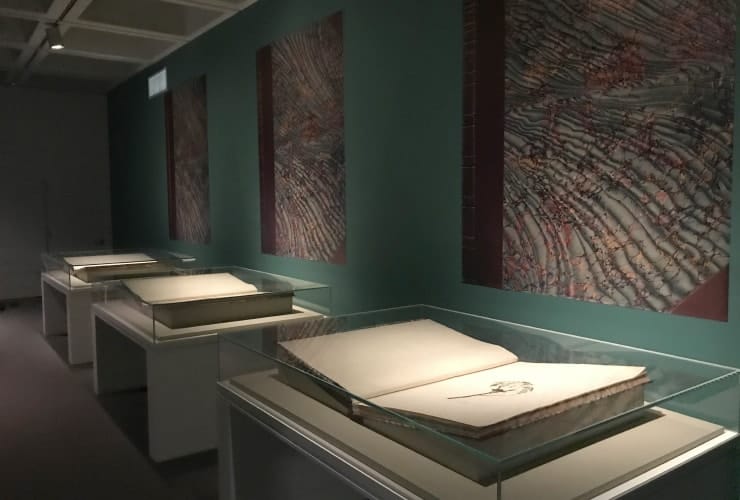
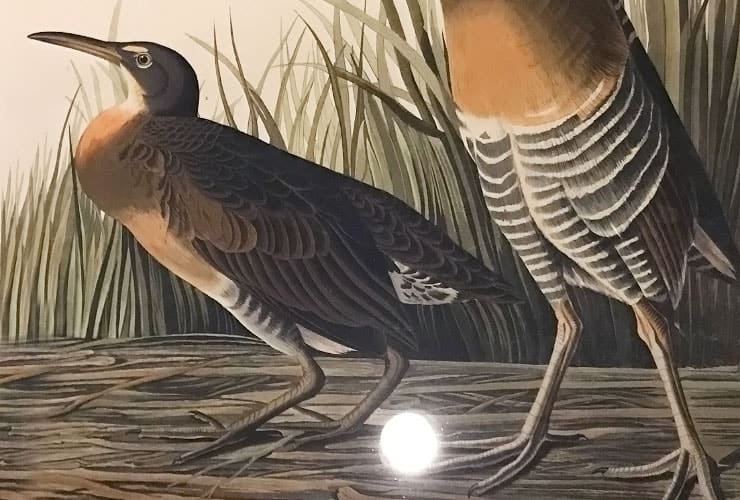
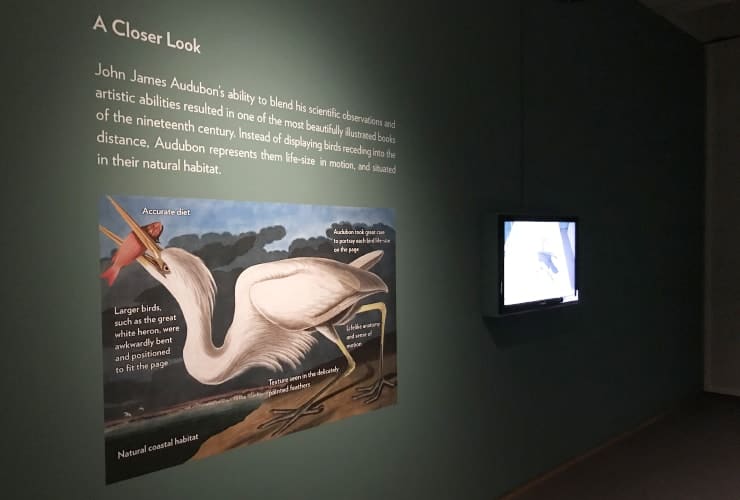
Housed in a small room on the southeast end of the East Building’s Level A is John James Audubon’s The Birds of America. In the mid-19th century John James created a four-volume collection of oversized books filled with life-sized color prints of American birds. Displayed in a light sensitive room the detail of the paintings is remarkable as different birds are depicted in their natural environments. There is also a looped video that provides some of the history behind the creation of the timeless relics.
European
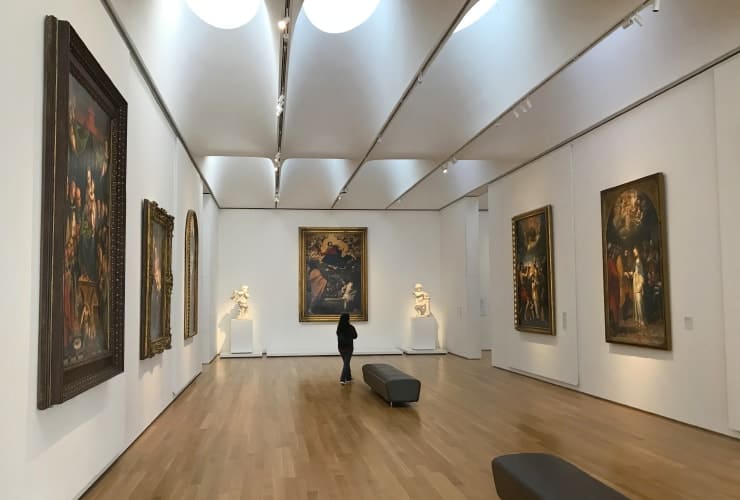
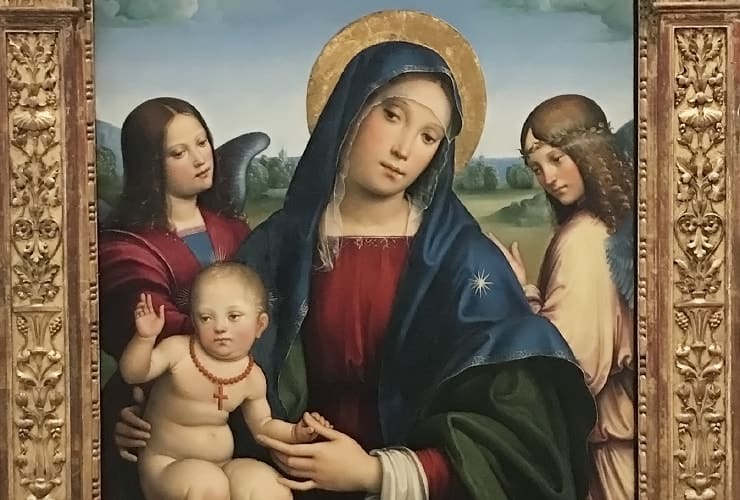
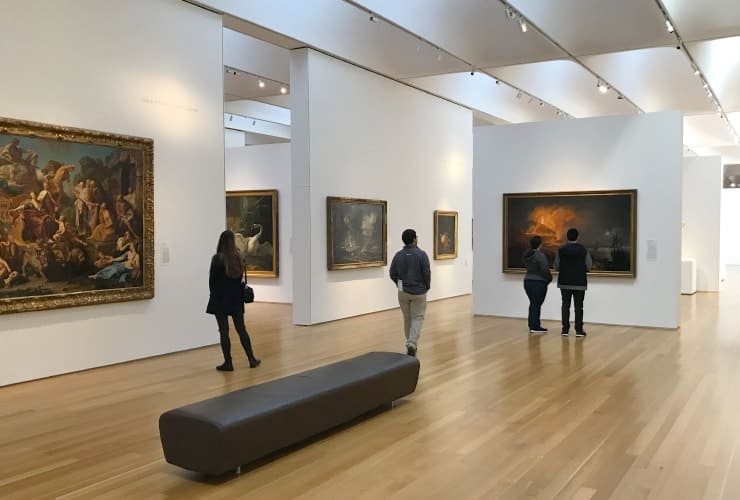
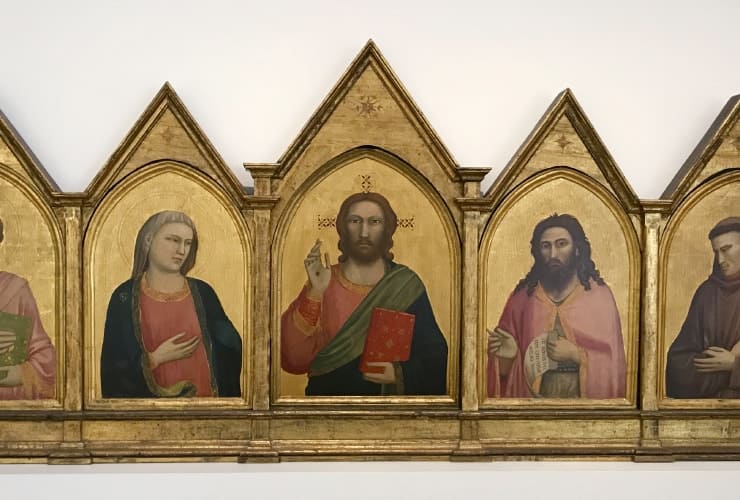
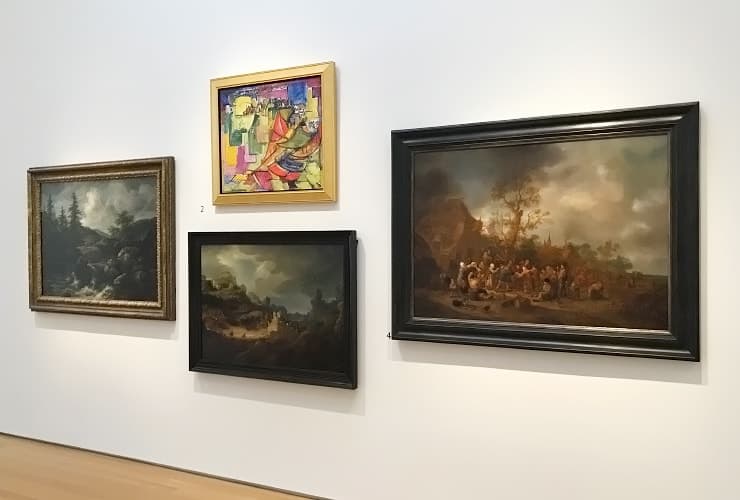
As you proceed down the main corridor of the West Building on your left is the European Exhibition. It stretches most of the south wall and represents Italian, British, Spanish, French and Dutch artists. There are over 200 paintings and sculptures on display and is considered the centerpiece of the museum. Many feel it is one of the more impressive collections in the country, certainly in North Carolina.
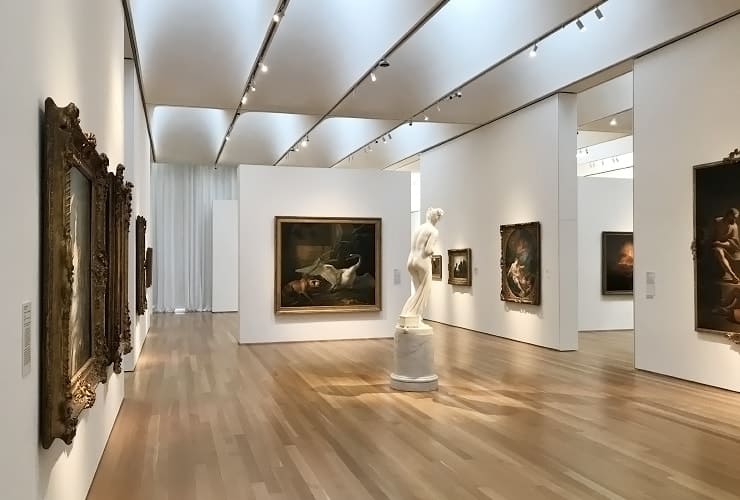
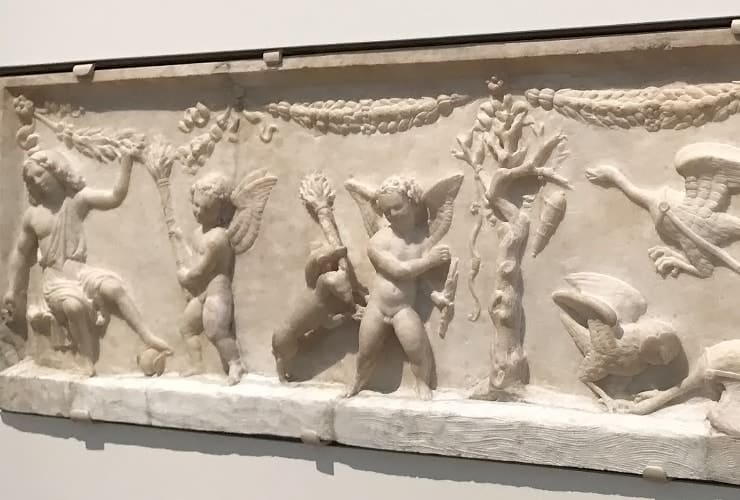
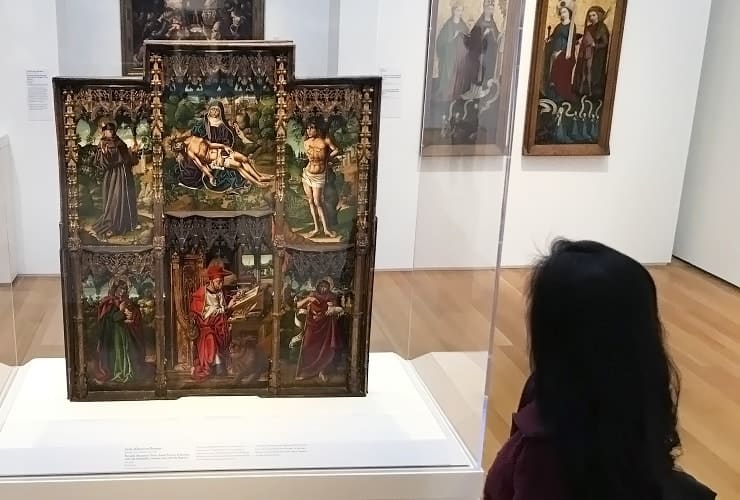
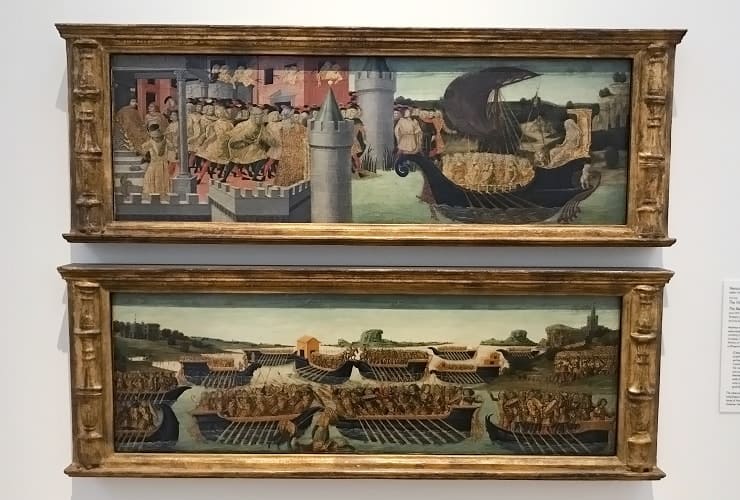
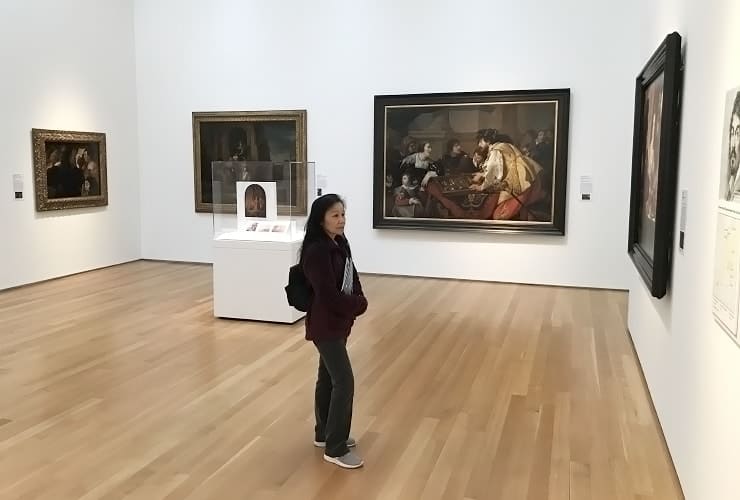
There are too many beautiful pieces to specifically highlight but among our favorites are Madonna and Child by Francesco Francia (1495-1500), the Peruzzi Altarpiece by Giotto di Bondone (1310-1315), a series of Dutch landscapes, Benedetto Briosco’s Venus Mourning Adonis relief (1490-1515), Neroccio De’ Landi’s The Visit of Cleopatra and Antony and The Battle of Actium and the Portable Altarpiece by the Circle of Bartolomé Nermejo.
Judaic
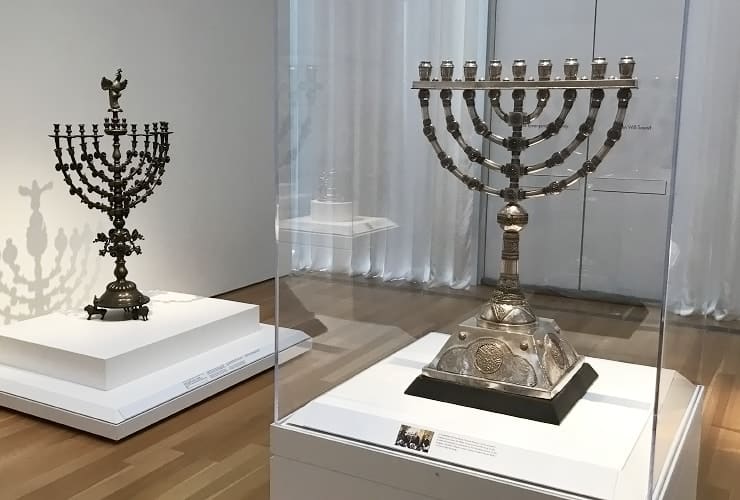
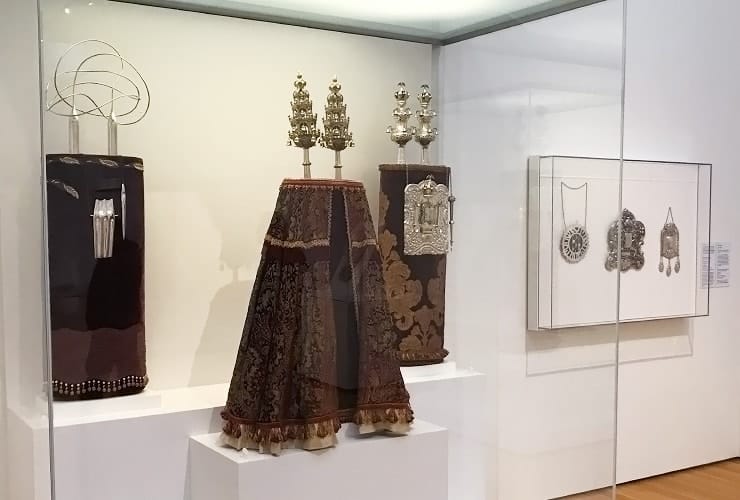
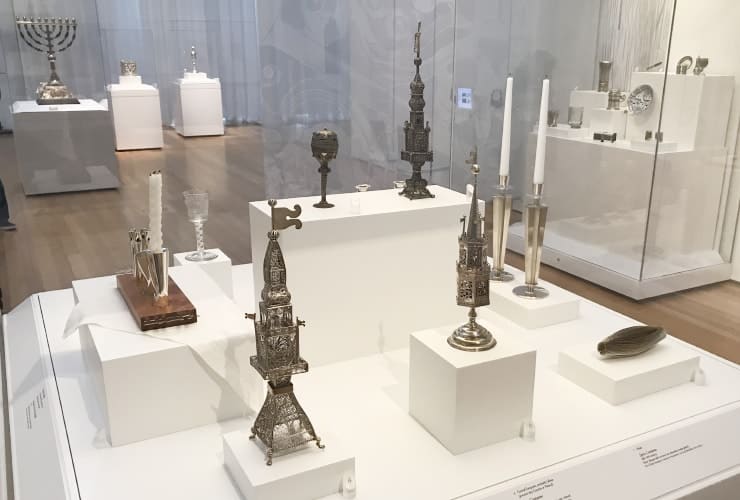
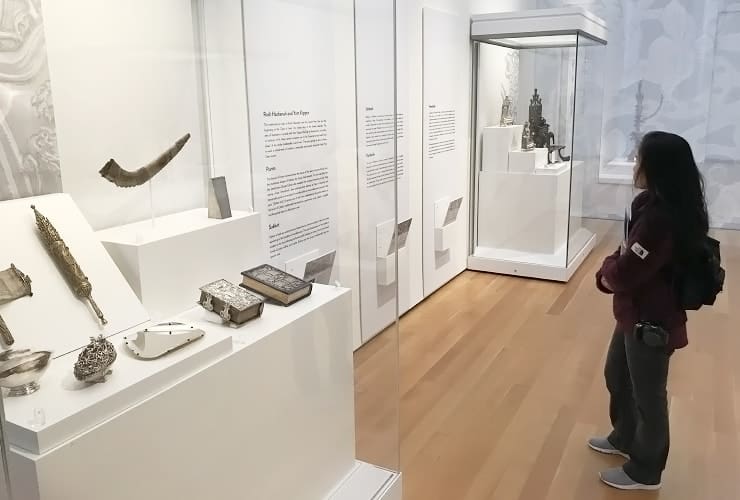
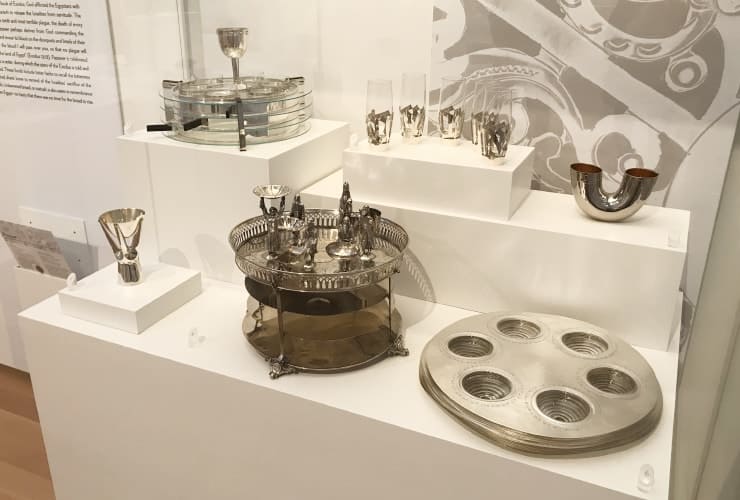
In the southwest corner of the West Building is the Judaic Gallery, one of only two museums in the country with a gallery dedicated exclusively to Jewish ceremonial art. With pieces dating back three centuries and covering four continents, the gallery features objects celebrating Jewish life including observance of the Sabbath, Passover, synagogue worship and rituals like the sanctifying of a Jewish home and marking the life cycle. Among the amazing pieces on display are an 18th century Standing Hanukkah Lamp for a Synagogue, Torah Finials, Spice Containers and Esther Scroll and Case.
Rodin
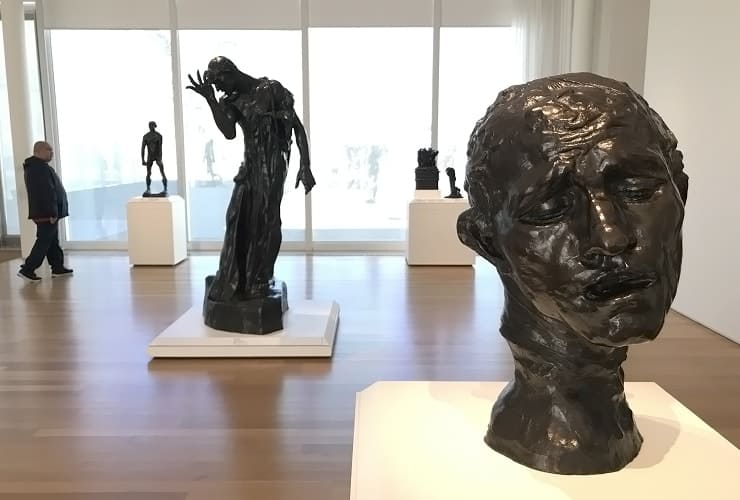
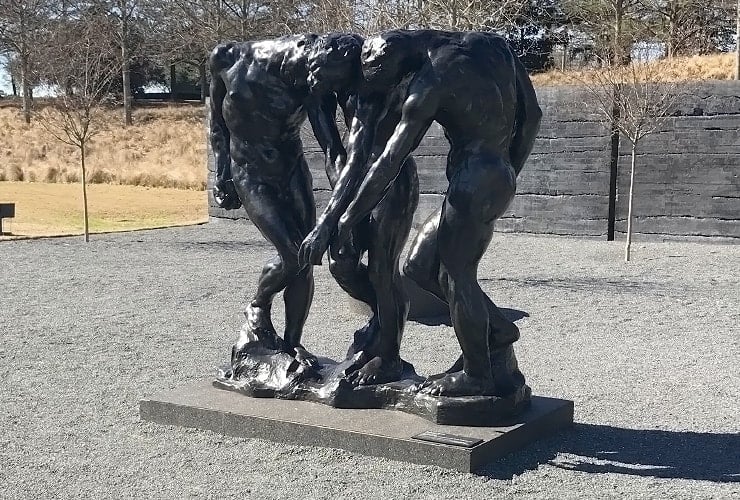
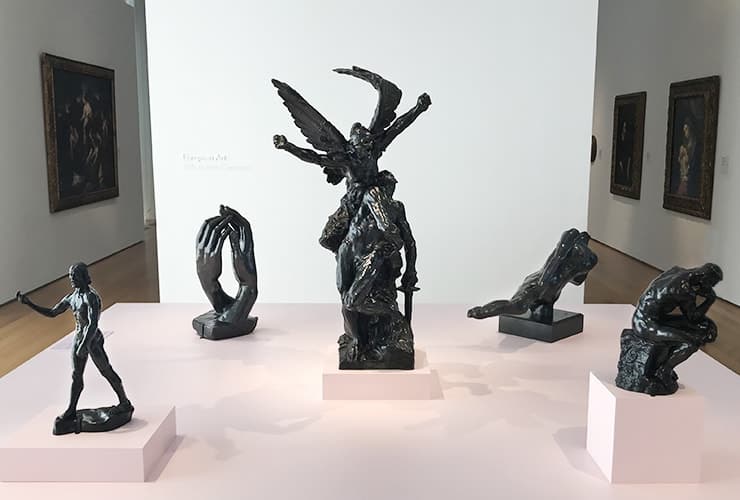
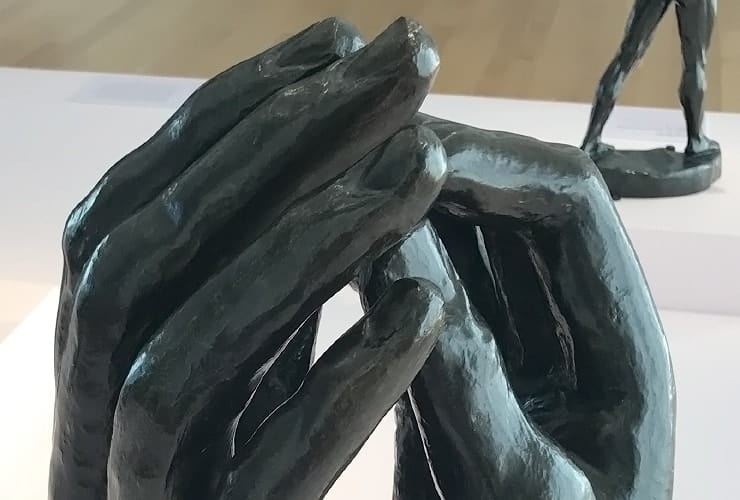
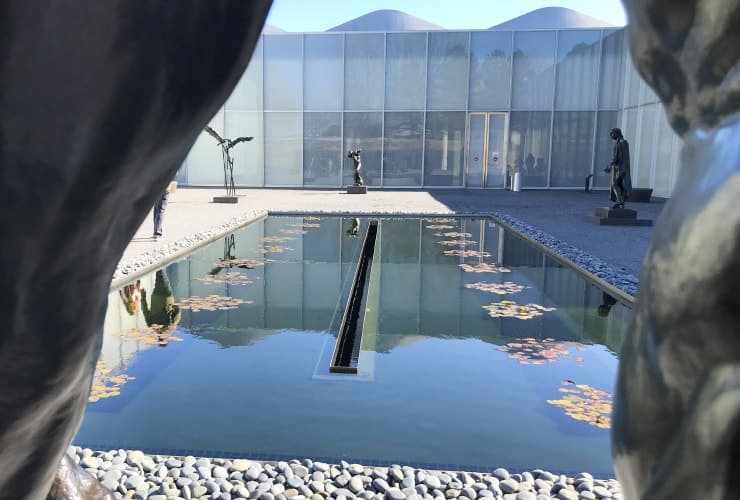
While there is a miniature replica of Auguste Rodin’s most famous work, The Thinker, the NCMA also has 29 other Rodin sculptures. Considered by many the father of modern sculpture, Rodin was one of the first to reflect inner conflict and emotions in the outward appearance of his subjects. He broke from the explicit realism of his predecessors and, working almost exclusively with bronze, created a different art form. In addition to The Thinker there is also a mini replica of perhaps his other most famous work, The Kiss as well as The Cathedral and the Monumental Head of Pierre de Wissant. There is also a Rodin Courtyard that features The Three Shades, Jacques de Wissant, Vêtu and a small lily reflective pool.
American
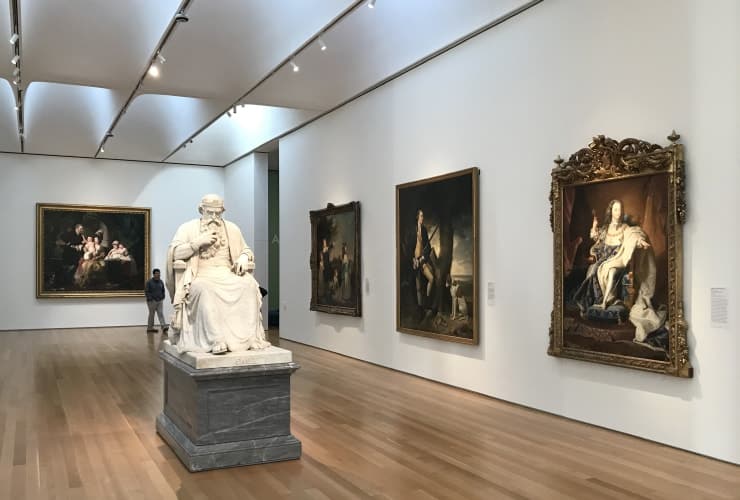
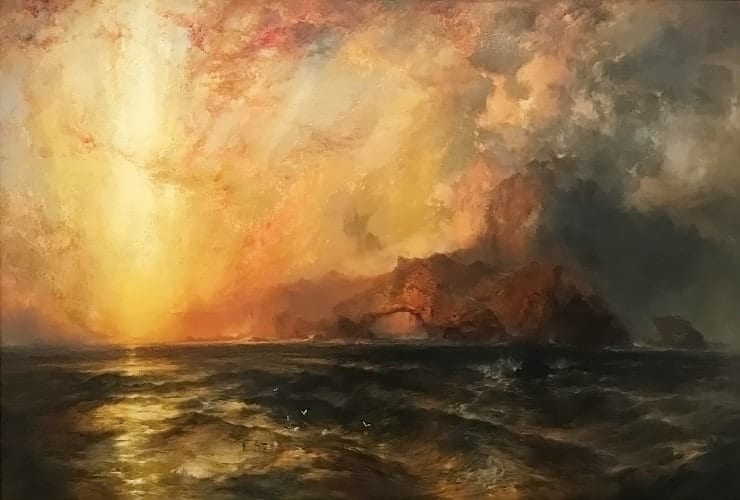
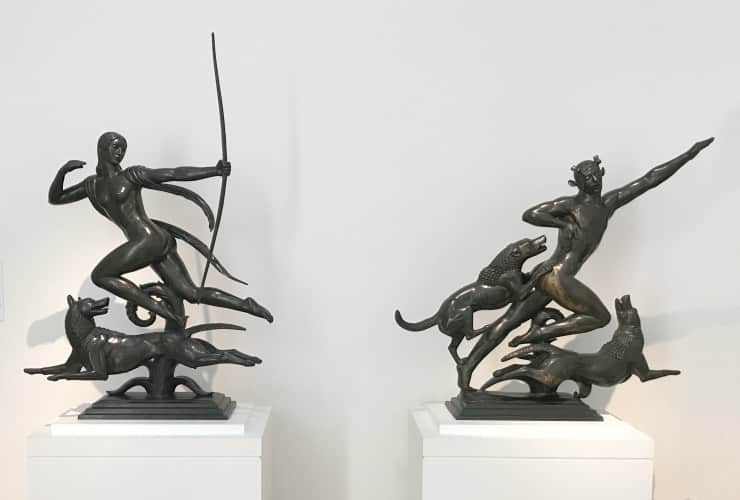
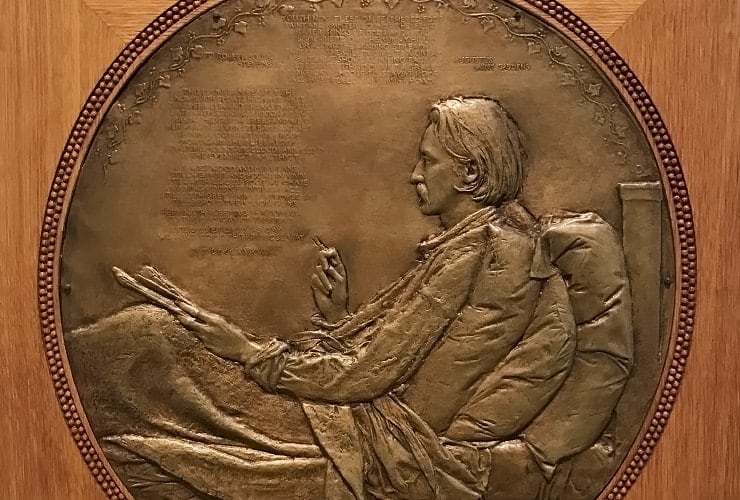
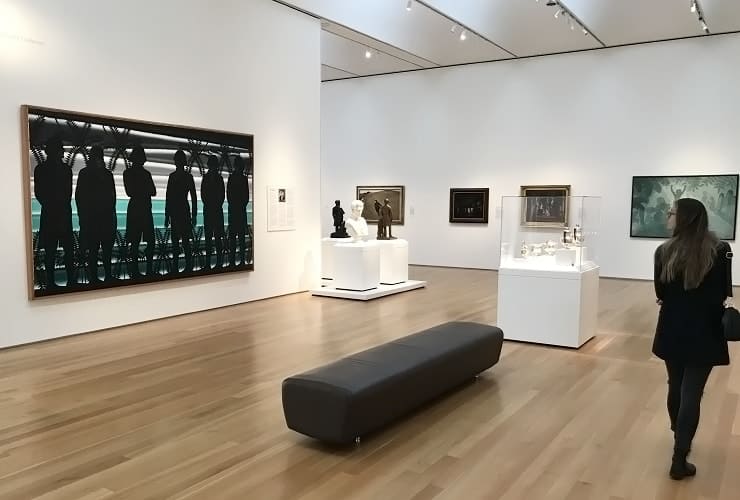
On the northeast end of the West Building is the American Gallery. The gallery begins with a few portraits from John Singleton Copley, America’s first great artist and the imposing Saul under the Influence of the Evil Spirit by sculptor William Wetmore Story. Along the way many themes are explored through art ranging from the early struggles to define a national identity, slavery, expanding westward, the rise of industrialism and immigration. The collection includes paintings such as Thomas Moran’s “Fiercely the red sun descending / Burned his way along the heavens”, marble and bronze sculptures like Paul Howard Manship’s Diana and Actaeon plus even an amazing shallow relief of Robert Louis Stevenson by Augustus Saint-Gaudens.
Ancient Egyptian
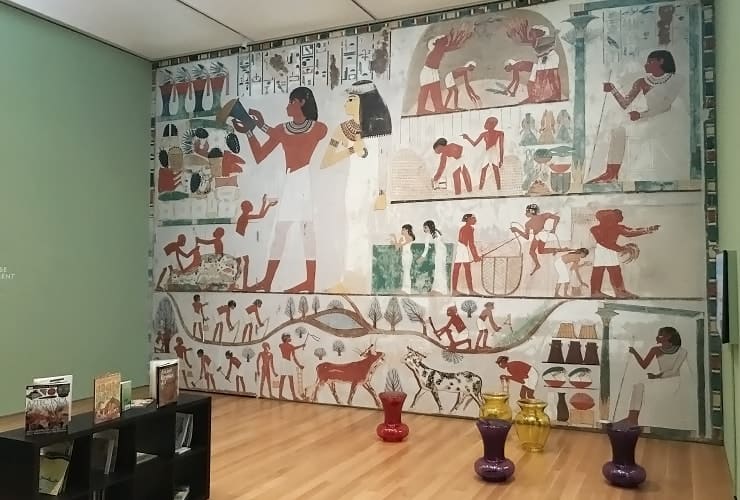
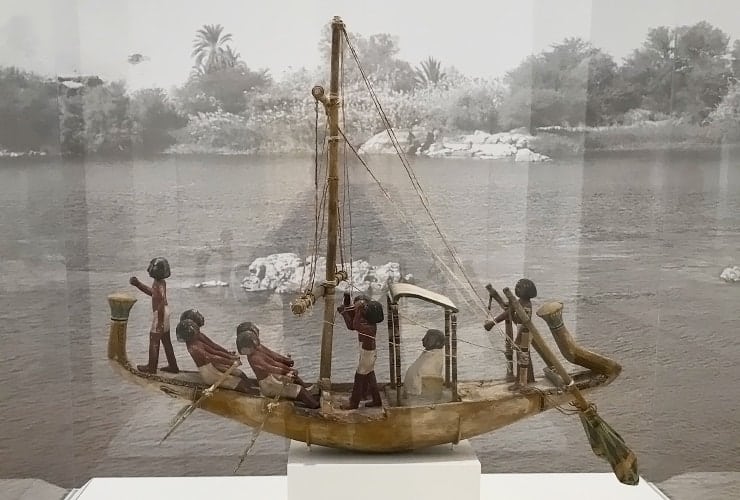
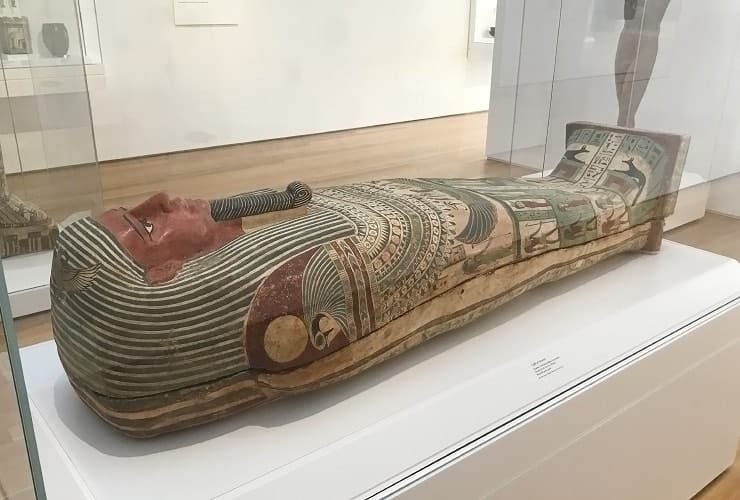
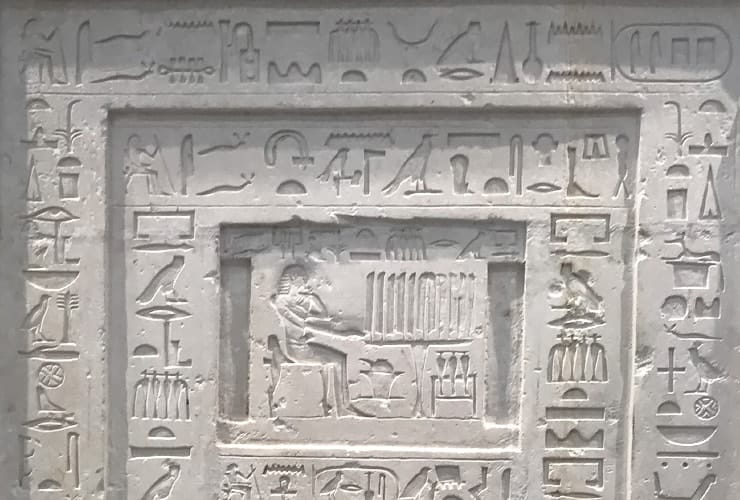
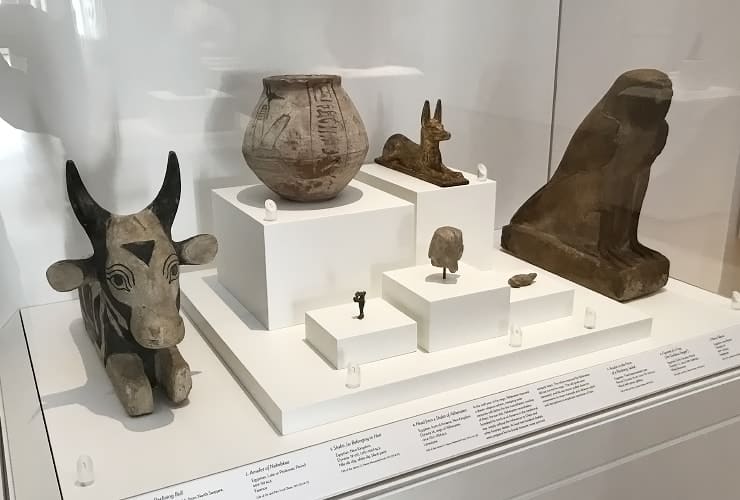
In between the American and Ancient Egyptian displays is an anteroom with sofa seats for relaxing and a beautiful full wall display of Egyptian hieroglyphics. Most of the remaining gallery is filled with fantastic artifacts dating back as far as 4000 BC. There is the Model of a Boat (2181-1880 BC), the Coffin of Amunred (715-525 BC), the Royal Offering of a Scene from a Temple (285-246 BC) and the False Door of Ni-ankh-Snefru (2321-2278 BC). There are also smaller, but no less impressive, pieces representing various rituals including amulets and Shabti jars plus animal representations of jackals, frogs and falcons. And, of course, mummy paraphernalia including limestone reliefs, aprons, coverings and coffins.
Classical
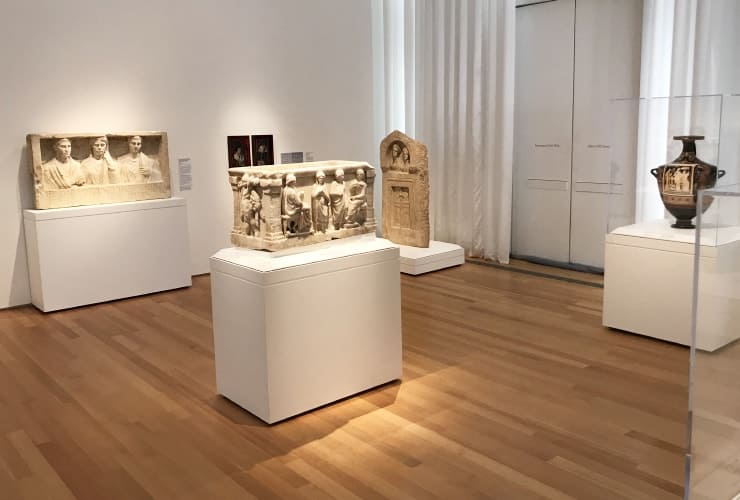
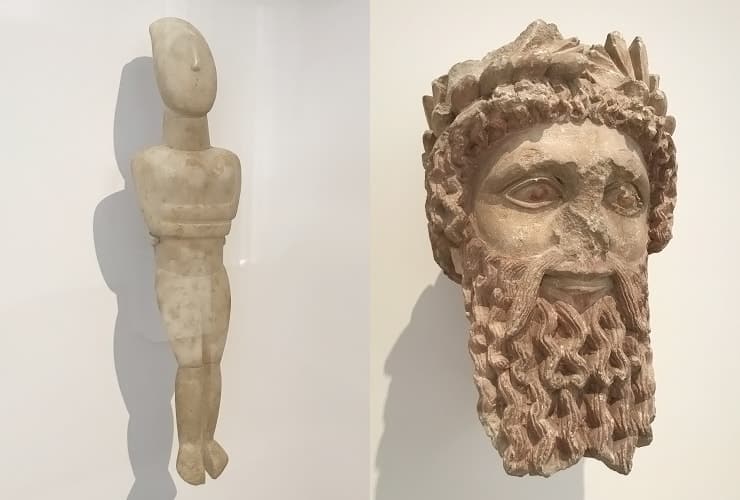
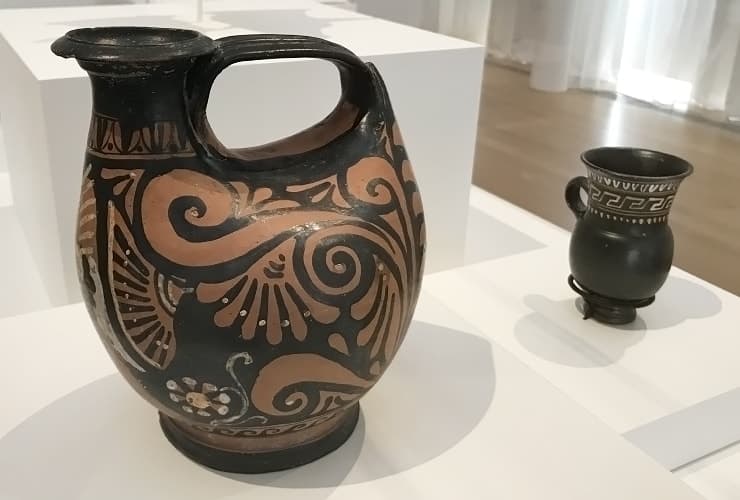
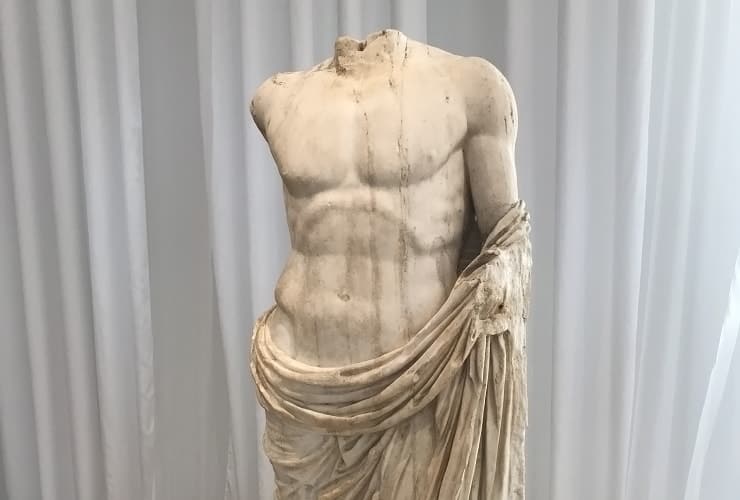
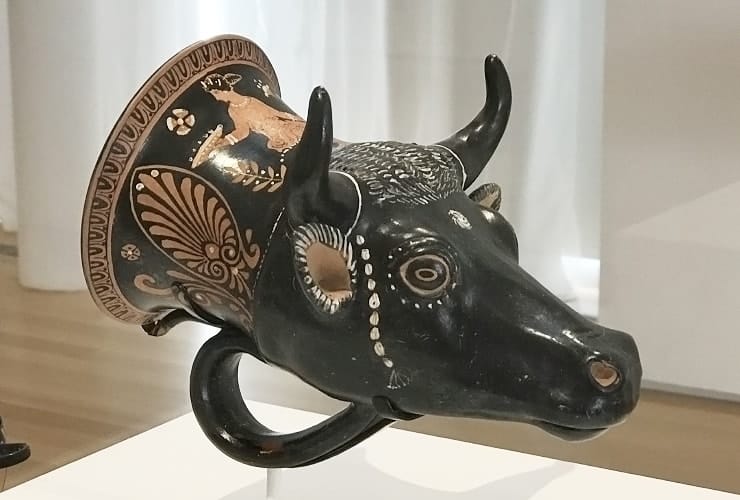
Being an admirer of ancient Rome and Greece made the Classical section of specific interest to me. As with the Egyptian section, the Classical gallery is filled with ancient artifacts, specifically from the Greek Bronze Age, the Villanovan and Etruscan cultures of Italy and Cypress, some dating as far back as 3,000 years ago. Of particular interest was the many everyday items like jars, jugs and kraters dating from 1900 BC. Among the more notable pieces are Female Figurine (2500-2400 BC), Head of a God or Priest (450-425 BC), Askos (4th century BC), Torso of an Emperor in the Guise of Jupiter (1st century) and Red-Figure Rhyton (360-340 BC).
Modern
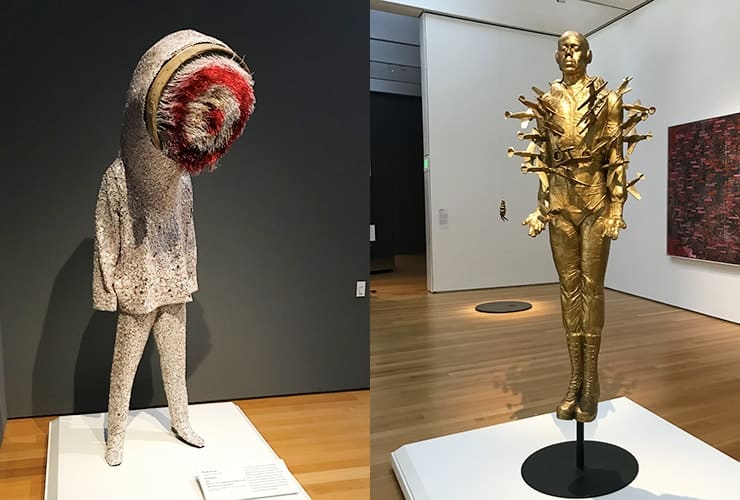
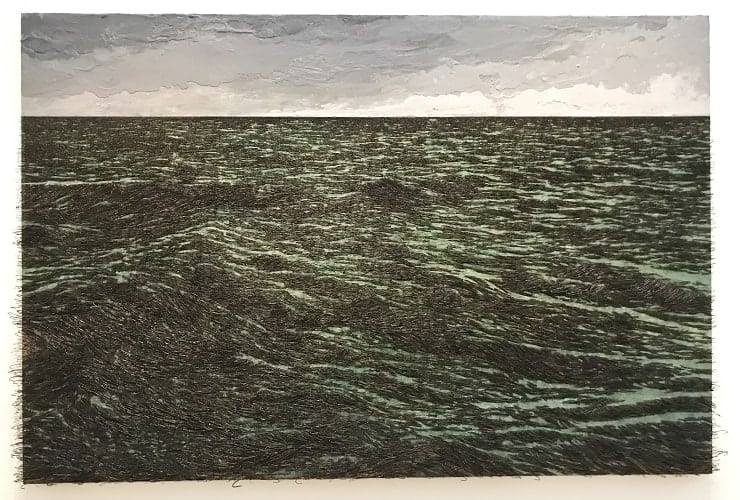
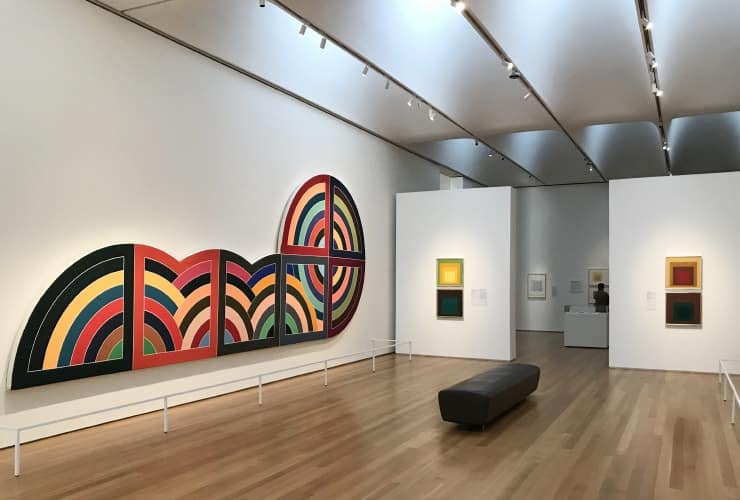
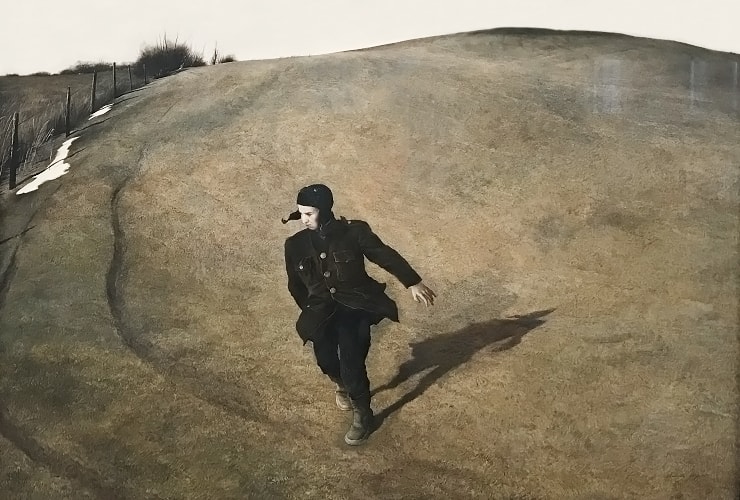
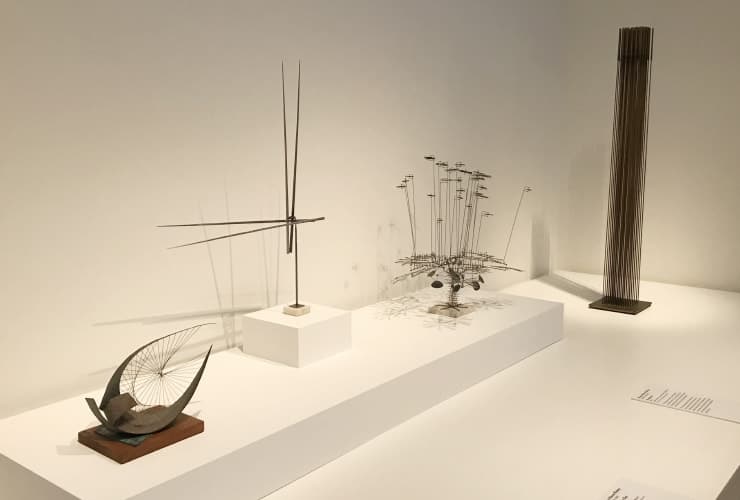
Though not particular lovers of Modern art we were impressed by several pieces on display in this undoubtedly eclectic collection. The Modern gallery also has more variety, color, materials and styles than other areas. The wildly imaginative Soundsuit by Nick Cave and Tar Baby vs. St. Sebastian by Michael Richards are prime examples of the use of different materials to make political statements. Isla (Tierra Prometida) by Yoan Capote was created using oil, nails and fishhooks to create ocean vistas. Raqqa III by artist Frank Philip Stella represents more of the 1970’s pop movement with vibrant colors and distinctive shapes. In stark contrast the Modern section also has two Andrew Wyeth paintings, Winter 1946 and Weather Side with his remarkable drybrush muted style.
North Carolina Museum of Art Park
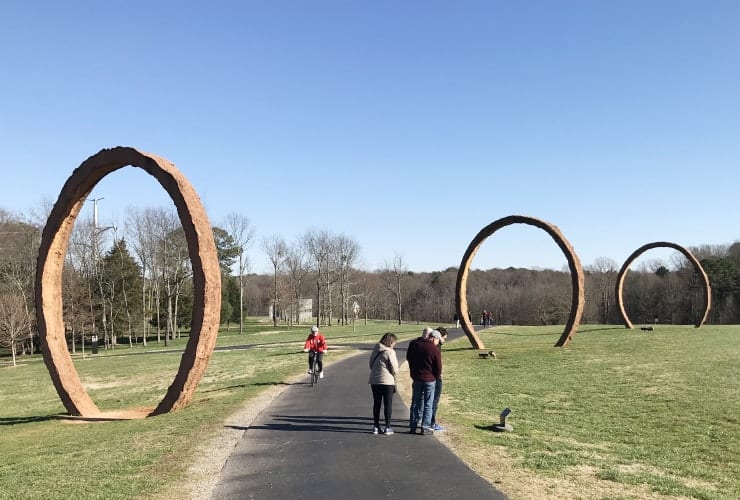
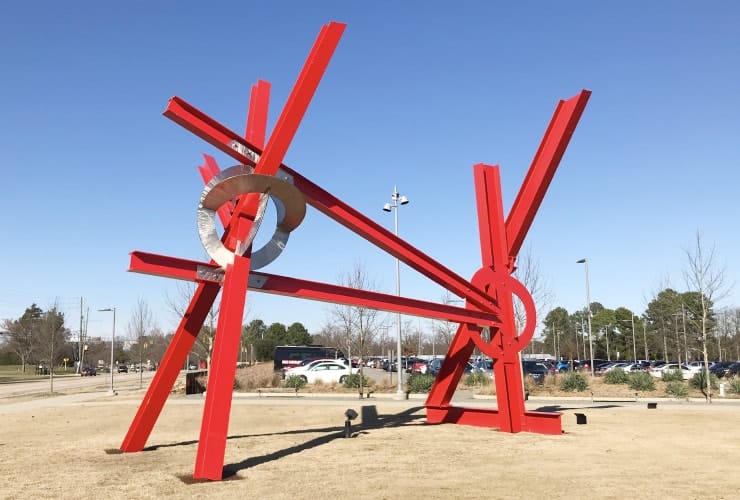
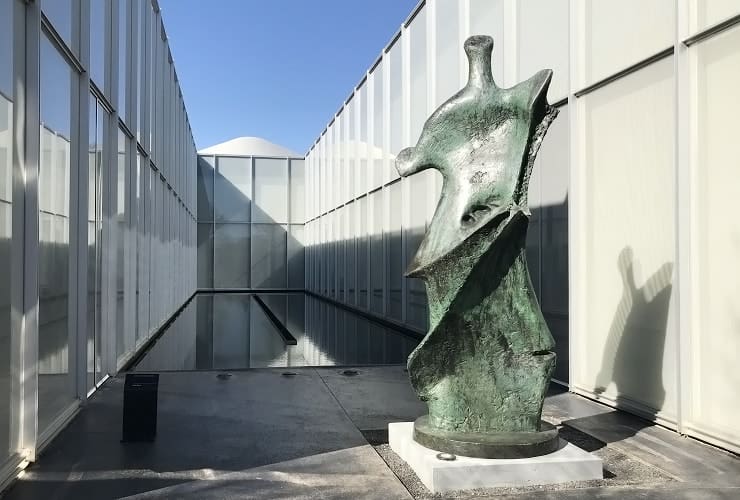
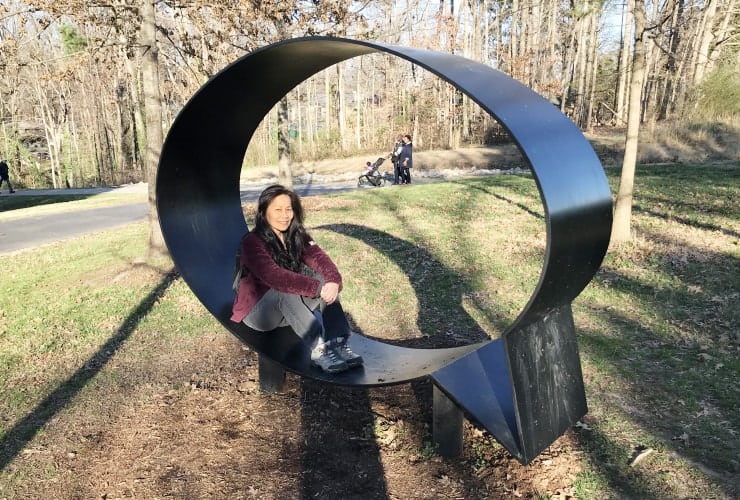
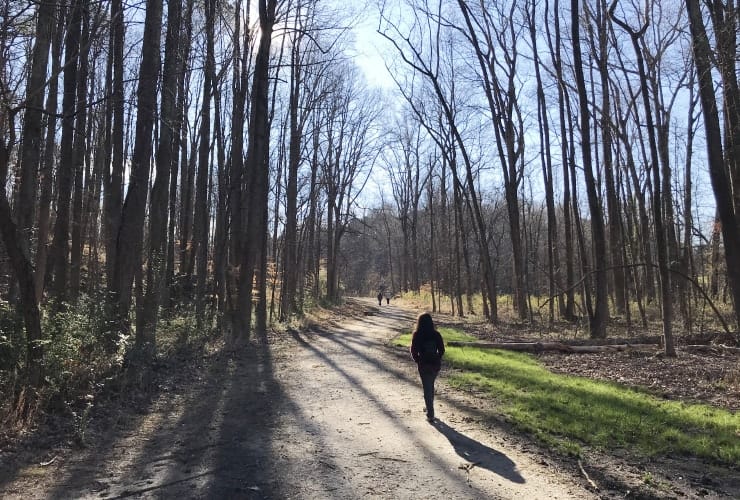
One of the unique features of North Carolina Museum of Art is the Museum Park, featuring an outdoor museum, miles of recreational trails, beautiful landscaping and a terraced pond. You can casually stroll along the one-mile Blue loop, or any of the buildings onsite and take in the outdoor art (much like Storm King) including sculptures by Mark di Suvero, Ursula von Rydingsvard, Ledelle Moe and the centerpiece, Gyre by Thomas Sayre. There are also miles of wilderness trails where you can walk, jog or bike and a few inner loops with some additional pieces of art.
Iris Restaurant
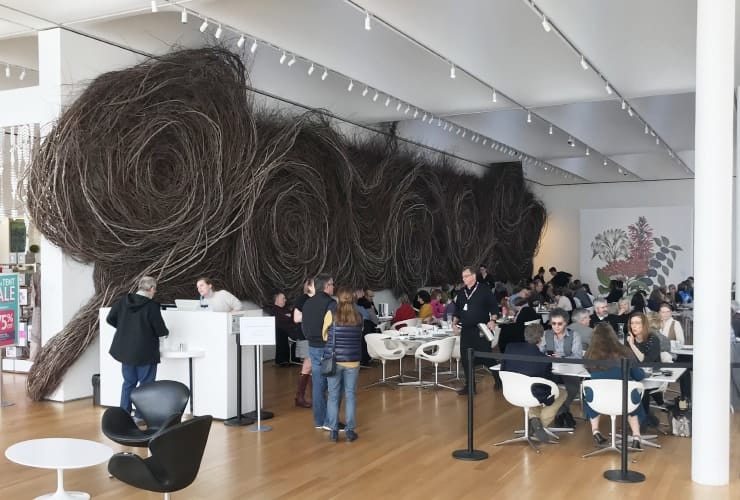
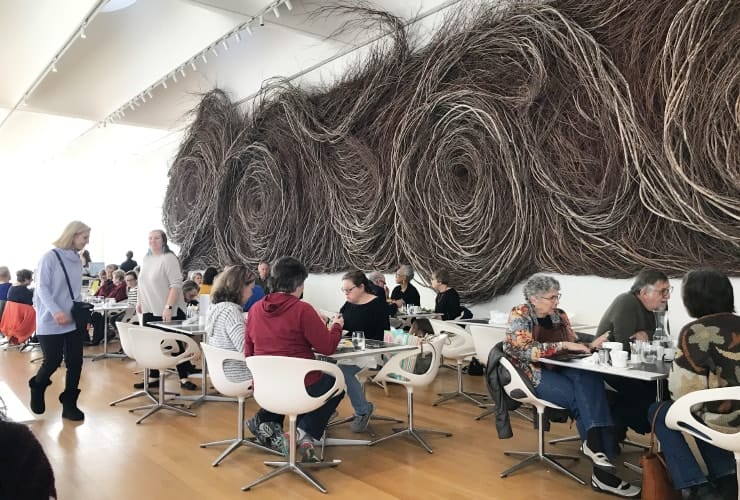
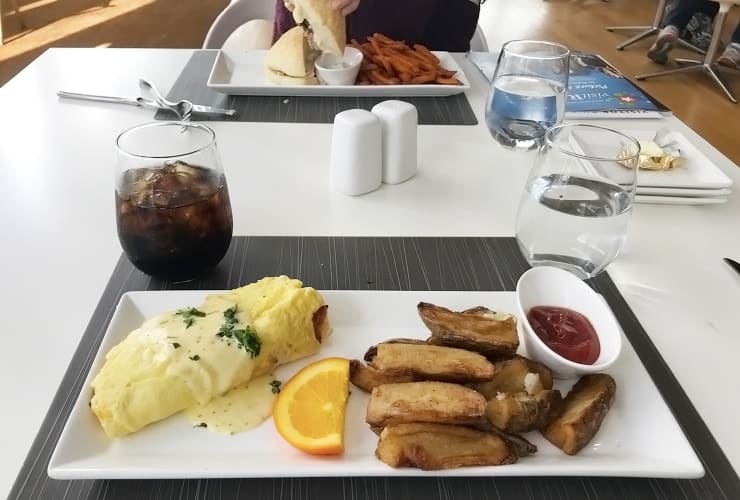
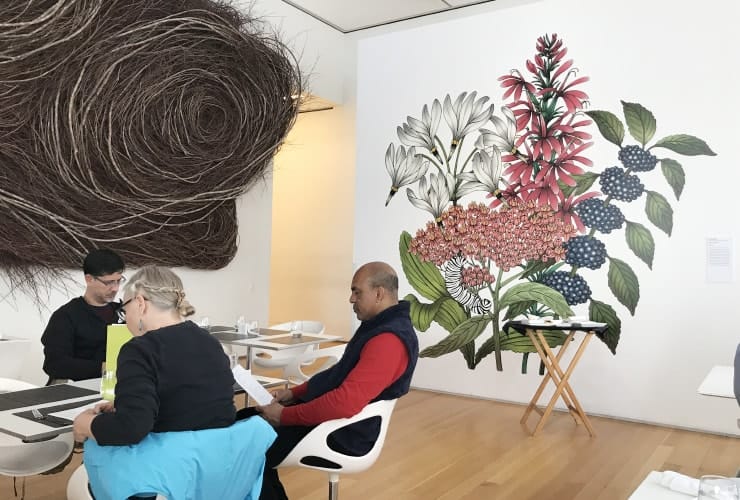
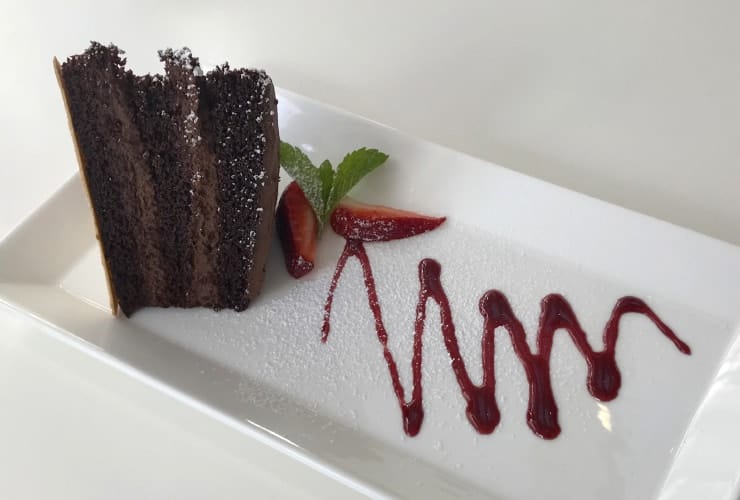
If you take in all that the NCMA has to offer you can assume you’ll be onsite most of the day. We literally saw everything and it took about 5 hours. In between the East and West Buildings exhibits and the Museum Park we decided to have lunch at the Iris Restaurant (open 11:30 am – 2 pm + Sunday Brunch from 10:30 am – 2:30 pm). A few things of note . . . first of all, the food and service was excellent. This is more of an upscale eatery befitting its venue (in the West Building) and opulent surroundings. Please plan your day around your lunch and make reservations beforehand. We didn’t and had an hour wait (no regrets). We spent some of that waiting time at the . . .
North Carolina Museum of Art Store
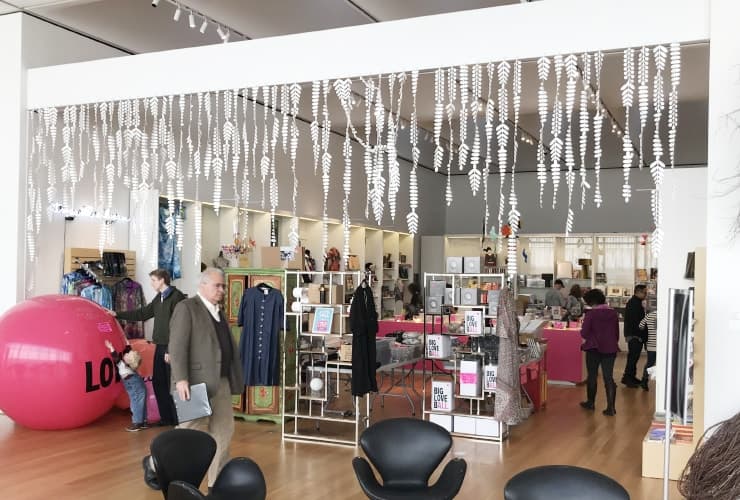
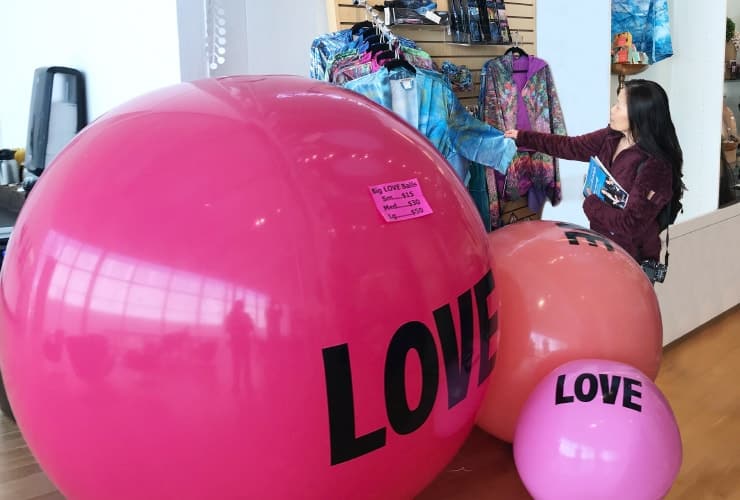
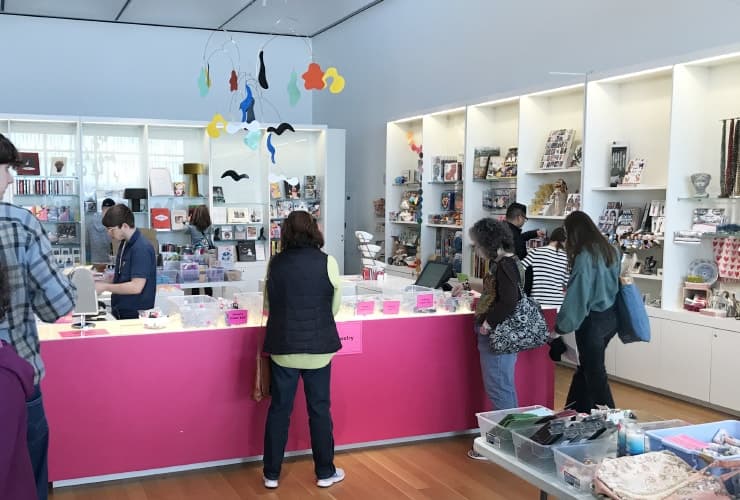
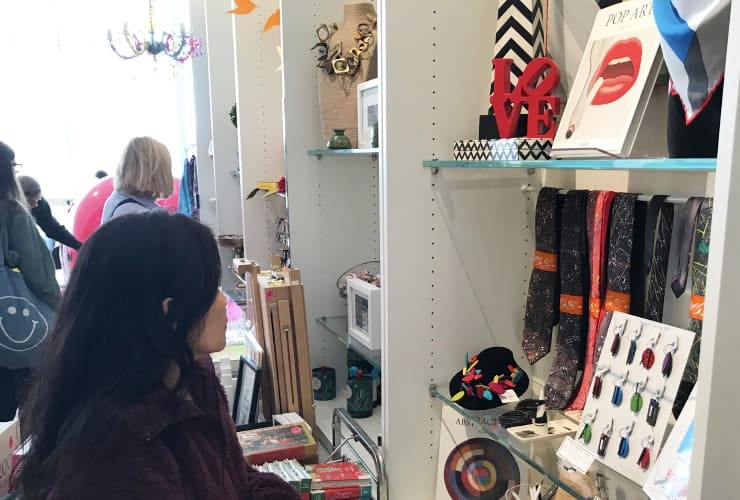
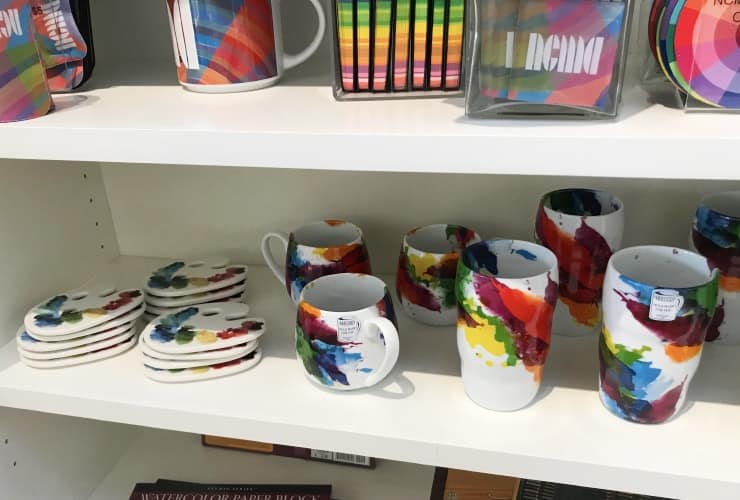
Next to the Iris Restaurant is the North Carolina Museum of Art Store. Greeted by a few oversized pink and orange LOVE balls, the store features much of what you’d expect from a museum store, and that’s good. There are plenty of books about the artists, their lives and prints of their works. There are individual prints, mini-replicas of the sculptures, coffee mugs, clothing, jewelry, jigsaw puzzles and even a Miró-inspired mobile you can hang from your ceiling.
The North Carolina Museum of Art is open from 10 am – 5 pm every day except for Mondays and some holidays. NCMA is definitely worth a few hours, if not an entire day, of your life. There is enough variety to meet most any need. They even have a place next to the front parking lot where you can rent a bike and ride the park trails. If you live near, or even if you’re visiting, they have hands-on educational programs for all ages as well as performances and concerts during the warmer months in the Amphitheater next to the East Building.
Please let us know if you’ve ever been to NCMA and what you thought.


Your museum is really very varied and shows diversity in your curating
I especially was impressed with the Jewish art section.
We were impressed as well. The Judaic and Ancient Egyptian galleries were especially impressive. As was the extensive Rodin collection.